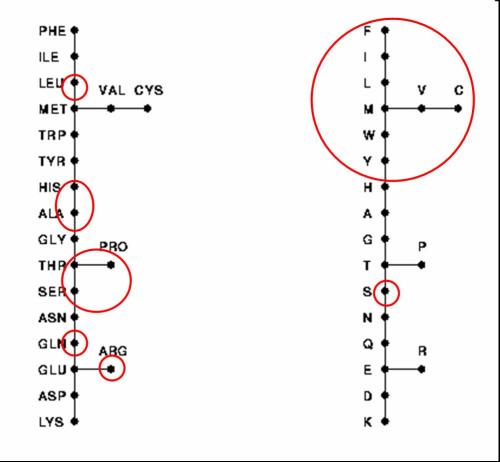A few people have notified me to let me know that front-loading is being discussed on UD by someone with the moniker ‘genomicus.’ In one place, genomicus states that cytosine deamination is a prediction of front-loading. Someone else with the moniker “eigenstate” disagrees and writes:
The fail point here in this item is “so why would a front-loader choose cytosine as a base in DNA?”. It’s not sufficient to offer us *a* reason why you think cytosine would be chosen (and this is particularly devastating if you are offering this putative prediction in the context of an “intelligent design” explanation, an explanation with an unknown, inscrutable, mysterious designer). The choice must follow NECESSARILY from the hypothesis.
You are quite conspicuously working backwards from your conclusion. Coming up with a plausible choice — and given an unspecified, unknown, potentially omniscient and omnipotent designer, ALL choices are plausible — does not ground a prediction. First you lay out the hypothesis, the proposed mechanism, and then you deduce from that NECESSARY implications that proceed from that. If you can affirm what is entailed from your model, you got something! Sometimes those predictions are trivial or banal, and so don’t carry much weight. Other times they just don’t distinguish the hypothesis from other, competing hypotheses. But in this case, if you COULD establish that such a choice was ENTAILED from your proposed model, that would be quite substantial, indeed, I think.
I would not agree with genomicus that front-loading predicts the cytosine deamination story. That whole story is more subtle and complex than that. Let me explain.




